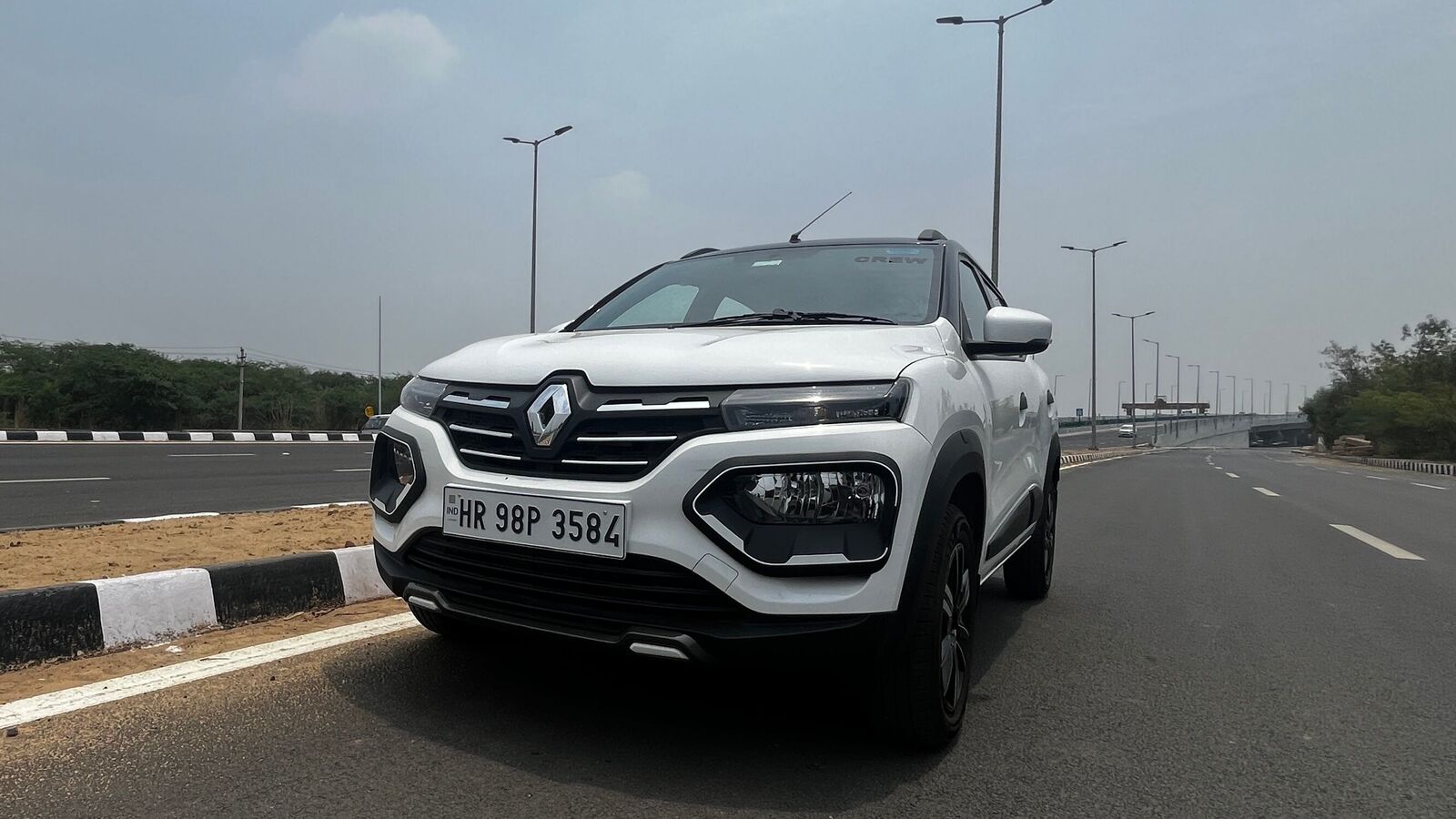Different Types of Flex Circuit PCBs
A flex PCB is a printed circuit board that has the ability to bend in specific locations according to its desired shape. They are often used in the electronics industry in places where traditional rigid boards cannot fit. They also have the potential to reduce the overall size of an electronic assembly, a big advantage for many applications.
Like all PCBs, a flex circuit pcb is constructed with different layers of material that are held together using adhesives. Typically the conductors on a flex circuit are connected through copper-plated through holes. These holes must be carefully positioned to avoid stress concentration points.
These pressure points can be relieved by adding stiffeners in the areas that are likely to be flexed or bent. This allows the flex circuit to remain stable and reduces stress on components and the connectors that attach them. Stiffeners can be made from aluminum or stainless steel and attached with thermally cured acrylic or pressure-sensitive adhesives.

Are There Different Types of Flex Circuit PCBs?
Another consideration is which type of copper foil to use for a flex circuit. While laminated copper is fine for a rigid PCB, a flex circuit requires higher-grade copper that has been annealed. This is because annealed copper can stretch much further before fatigue cracking occurs. It is also more springy in the Z deflection direction, ideal for a flex circuit that will be bending or rolling.
In addition to the copper layer, a flex circuit is also comprised of a substrate, solder mask, and silk screen. The most common flex substrate is polyimide, which is a tough and heat-resistant plastic that provides the flexibility required for a flex circuit. The conductors on a flex circuit may be plated directly onto the substrate or, as is often the case in rigid-flex PCBs, on an intermediate layer called a flex-resist.
The most common flex PCBs have two conductive layers on either side of the substrate. These layers can have the same trace pattern on both sides or they can have different patterns on each. The conductors on a double-sided flex circuit are then connected to one another through copper plated through holes.
Multilayer flex circuits have three or more layers of conductors. They are generally found in aerospace and military products where the reliability and strength of a multilayer flex circuit is warranted.
It is important to have a good understanding of the fabrication processes when designing a flex circuit. A fab shop that regularly produces flex circuits will be familiar with the materials, manufacturing techniques, and surface finish types that are best for these unique products. They will also be able to provide you with fabrication drawings that clearly illustrate the layer arrangement and materials in each of your flex circuit sections. This helps ensure that the flex circuit is manufactured exactly as you need it to be. This will help you avoid the cost of rework and production delays caused by design changes that are not properly communicated.












+ There are no comments
Add yours